 |
A research team at the University of Stuttgart, Germany has proposed utlizing a 3D printer with ultra-short pulse laser-technology to print multi-component microlenses directly onto the surface of a CMOS image sensor. Doing so would create a ‘foveated’ imaging system: one with greater resolving power in the center, similar to the vision of predators in the animal kingdom.
In the research project, lens groups consisting of one of four types of tiny doublet lenses were printed directly onto the chip, after some functional layers like the existing microlenses and the color filters had been scratched off. The individual lenses come with 35mm equivalent focal lengths of 31, 38, 60 and 123mm which together give the system a field of view of approximately 70 degrees but with extra resolution at the center.
The footprint of the optics on the sensor is less than 300 x 300µm and the height of the lenses is 200µm, allowing for the design of highly miniaturized cameras that could be used in areas such as endoscopy, optical scientific instruments, optical sensing, camera drones or security.
Improvements to the current version could include anti-reflective coatings on the lenses, the use of triplets or more lens elements for aberration correction and the inclusion of absorbing aperture stops.
The paper by Simon Thiele, Kathrin Arzenbacher, Timo Gissibl, Harald Giessen, and Alois M. Herkommeris is titled ‘3D-printed eagle eye: Compound microlens system for foveated imaging’ and can be read in its entirety on Science Advances.
 |
Abstract:
We present a highly miniaturized camera, mimicking the natural vision of predators, by 3D-printing different multilens objectives directly onto a complementary metal-oxide semiconductor (CMOS) image sensor. Our system combines four printed doublet lenses with different focal lengths (equivalent to f = 31 to 123 mm for a 35-mm film) in a 2 × 2 arrangement to achieve a full field of view of 70° with an increasing angular resolution of up to 2 cycles/deg field of view in the center of the image. The footprint of the optics on the chip is below 300 × 300 um, whereas their height is less than 200 um. Because the four lenses are printed in one single step without the necessity for any further assembling or alignment, this approach allows for fast design iterations and can lead to a plethora of different miniaturized multiaperture imaging systems with applications in fields such as endoscopy, optical metrology, optical sensing, surveillance drones, or security.
Articles: Digital Photography Review (dpreview.com)


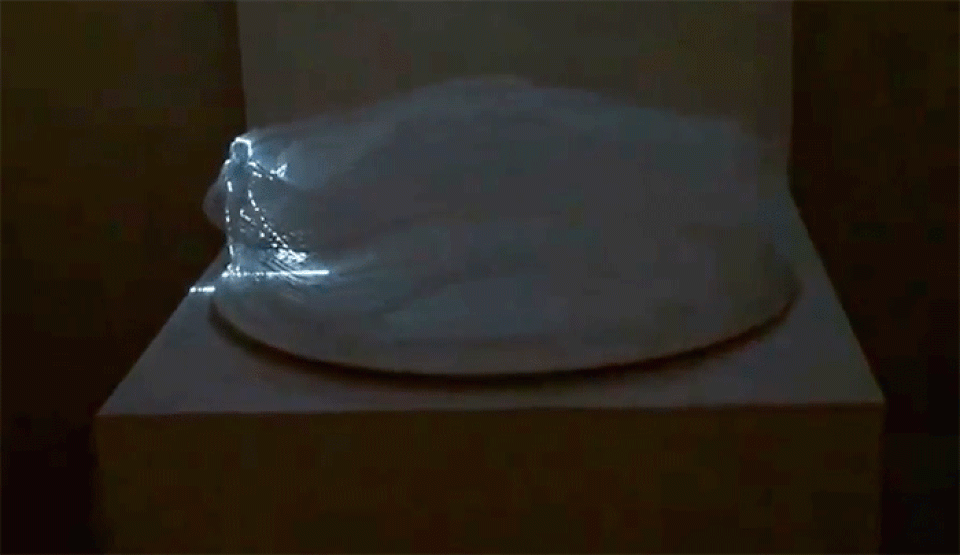
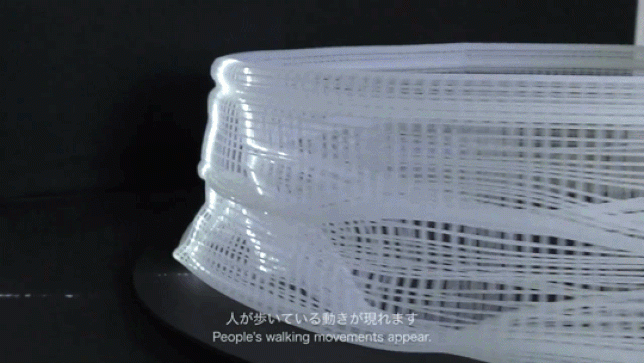
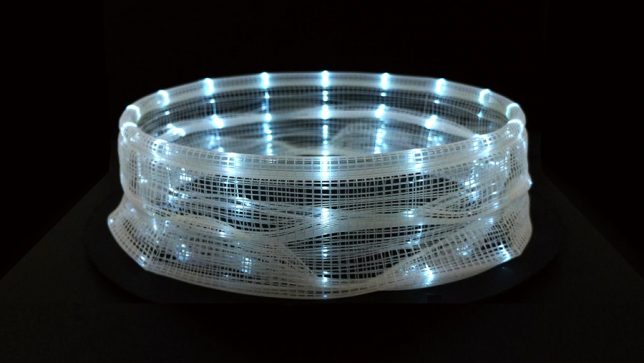
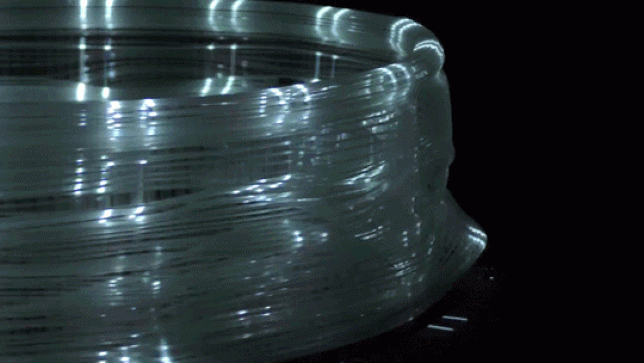






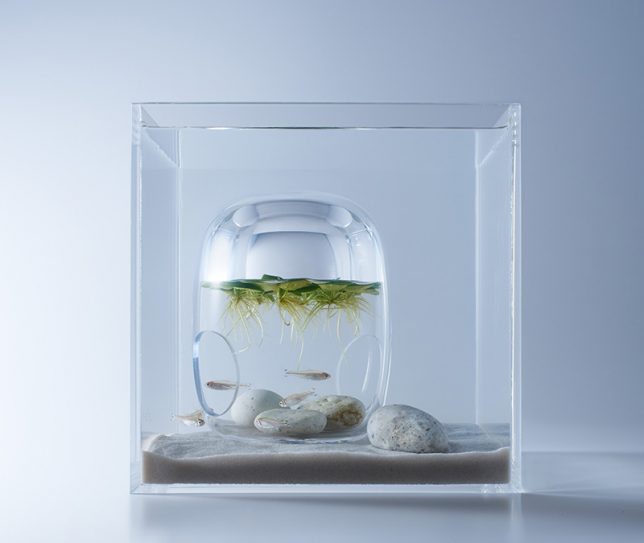


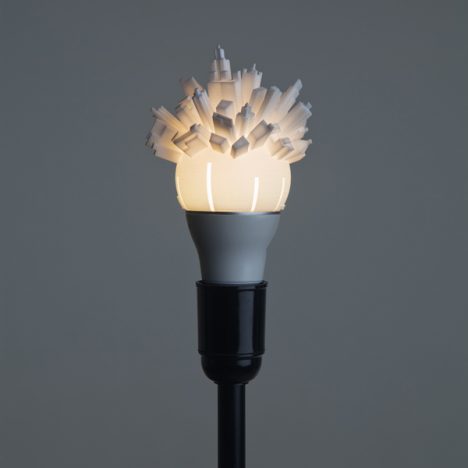
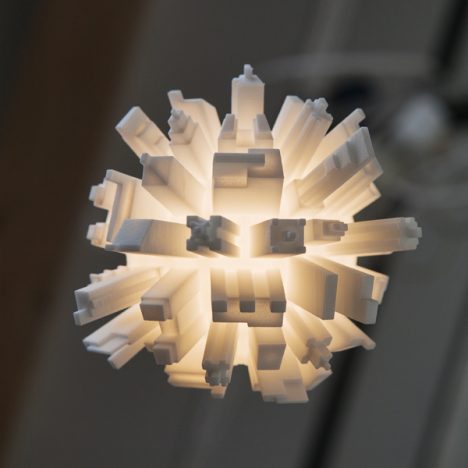
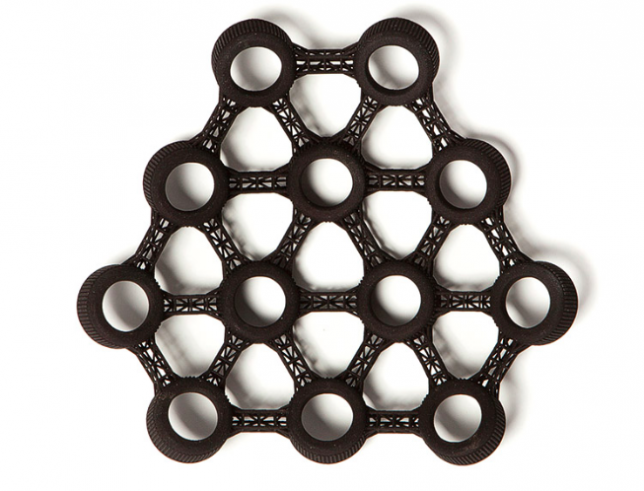

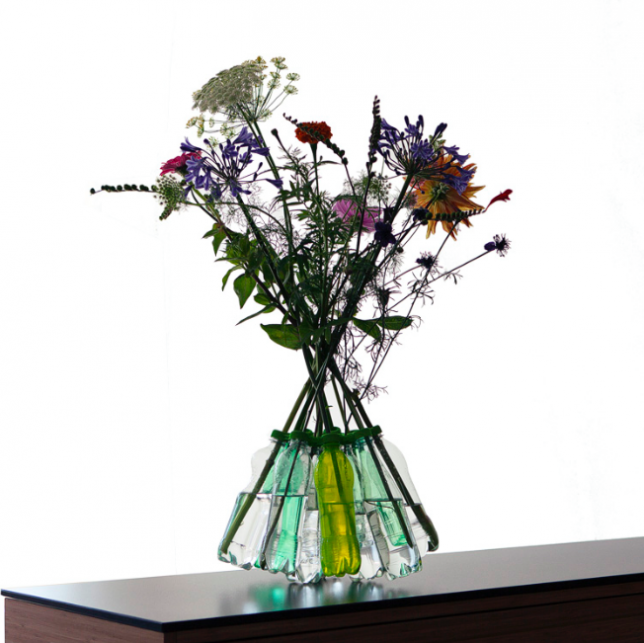

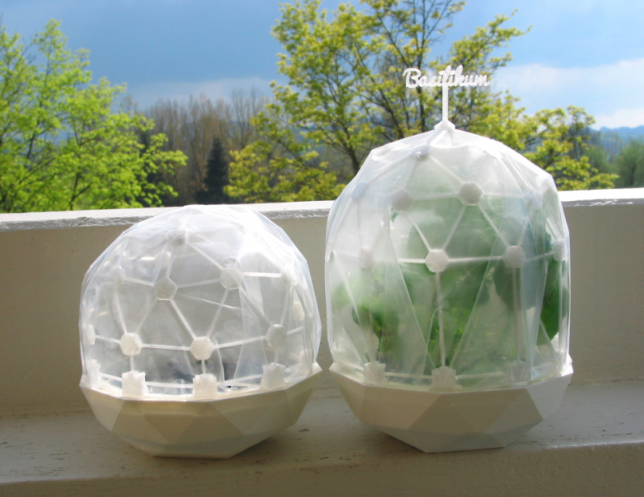
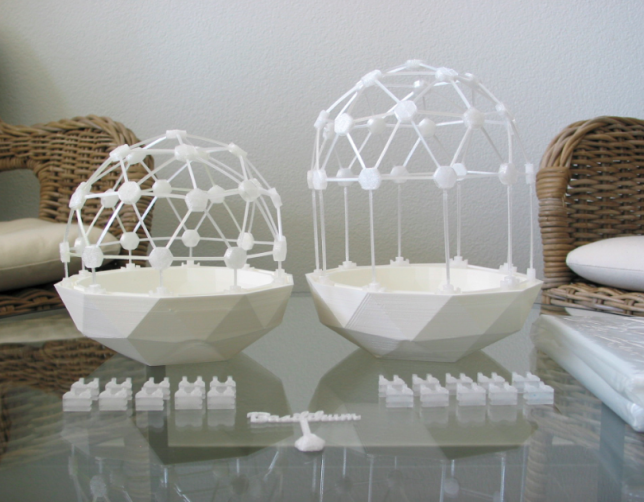





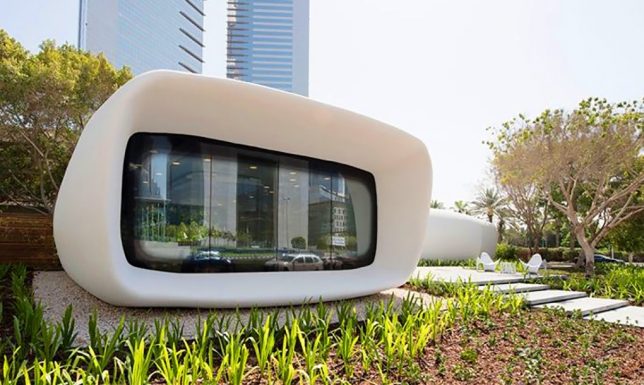
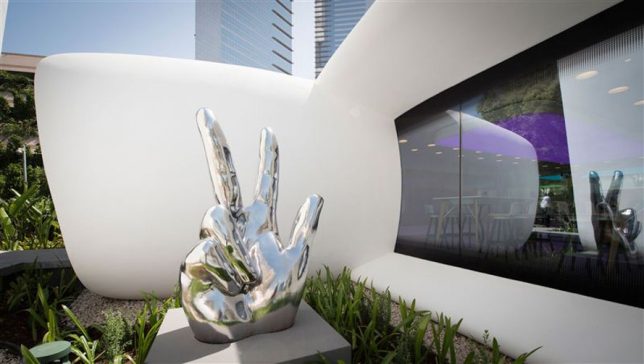
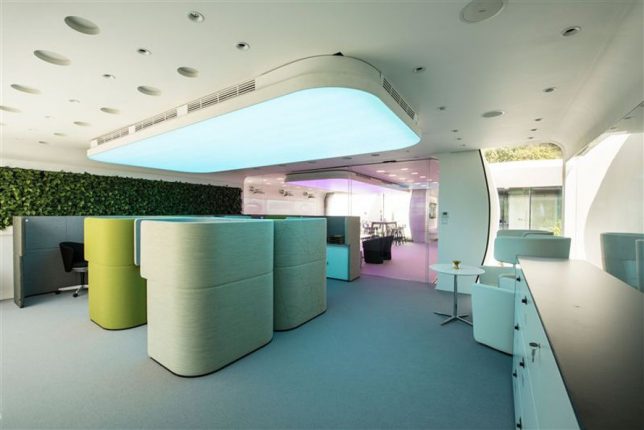

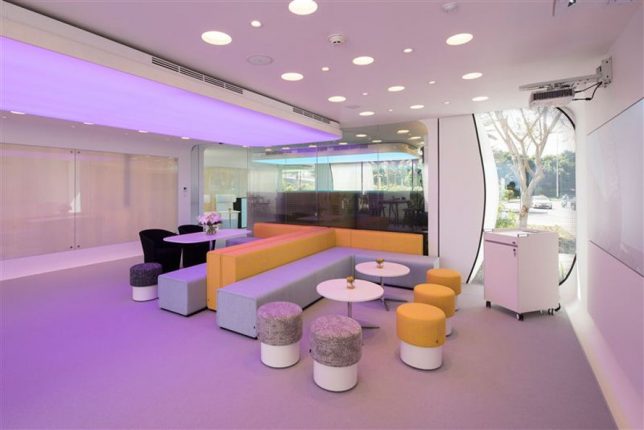
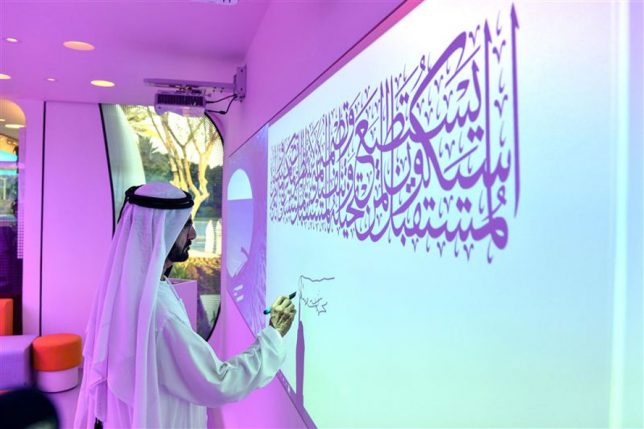
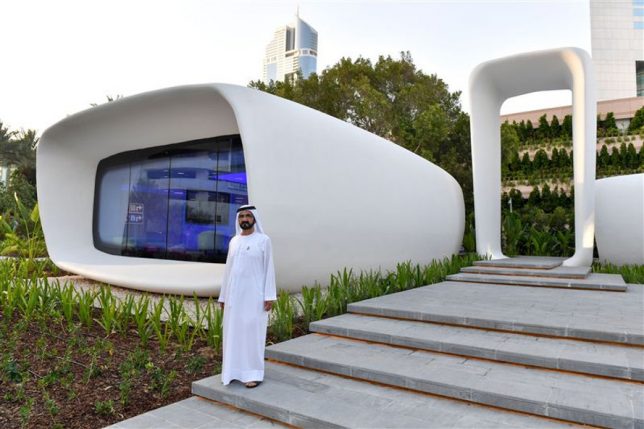



















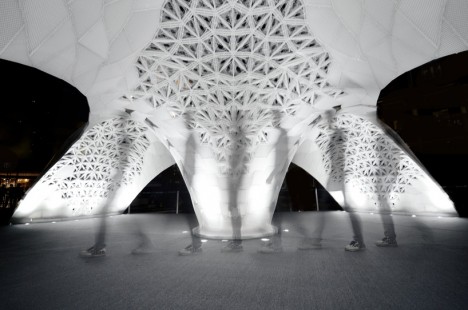
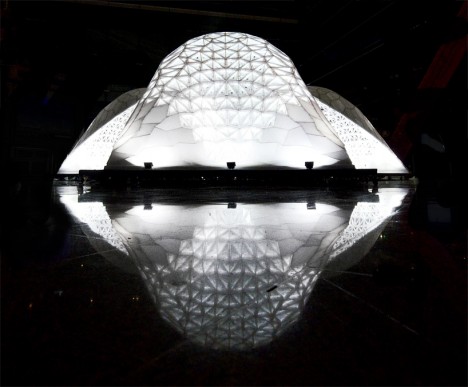
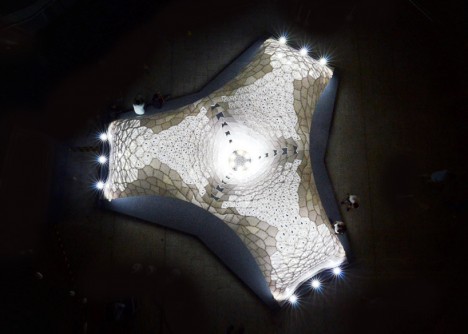


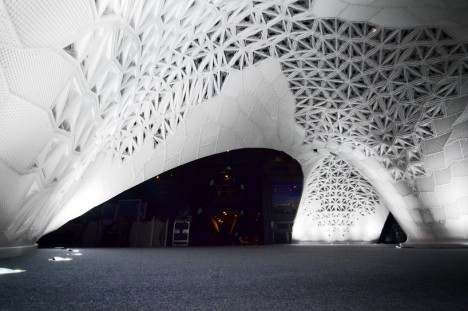

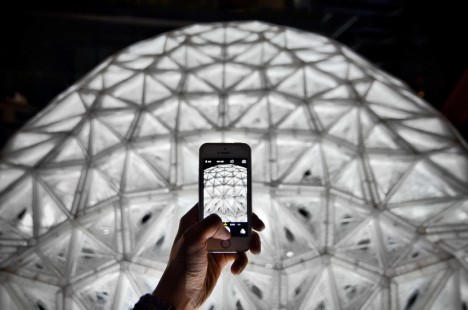

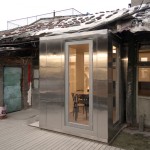
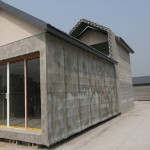
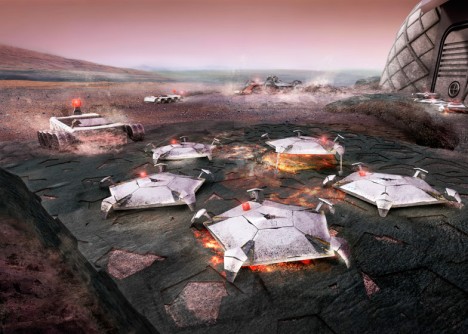


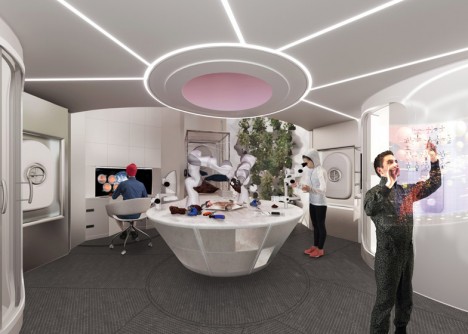
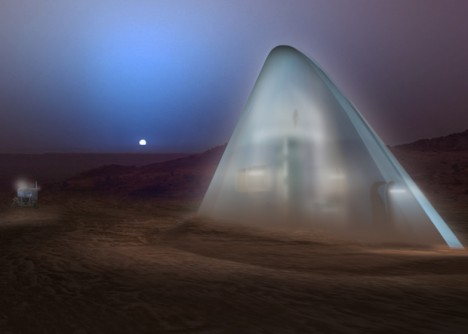
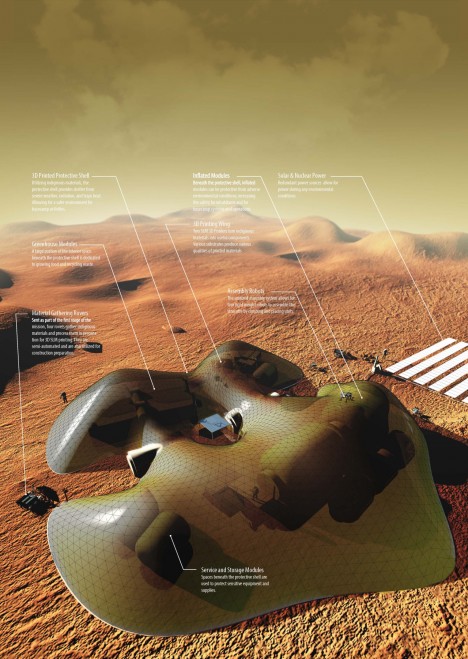



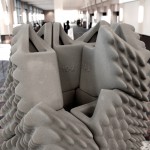




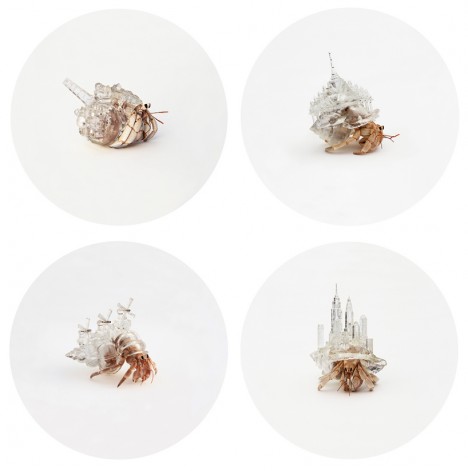
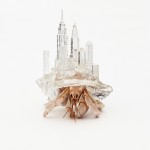

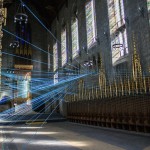
You must be logged in to post a comment.